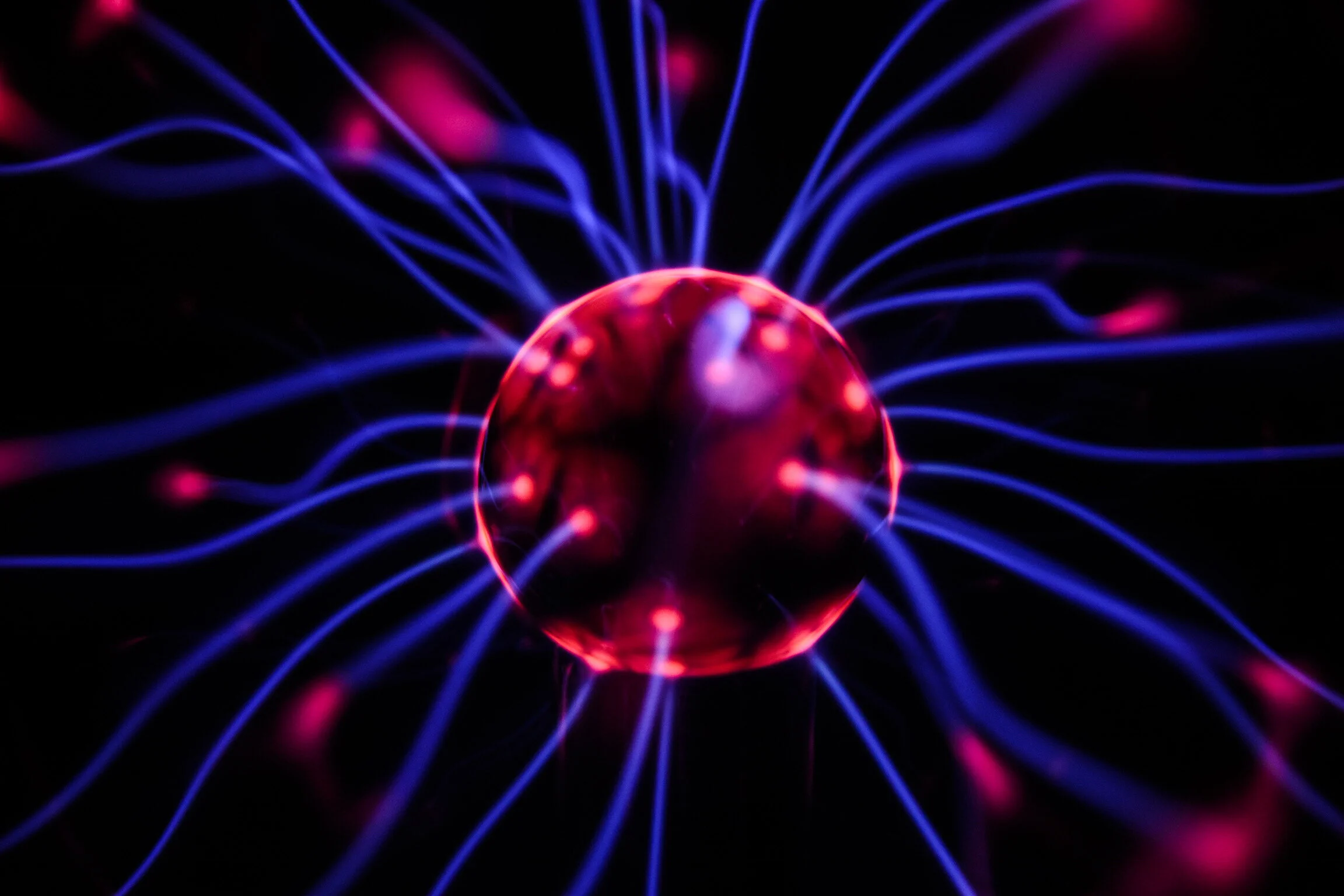Blog
What is Panic Disorder and How is it Treated
Panic Disorder is a type of anxiety disorder characterized by recurrent, unexpected panic attacks. A panic attack is a sudden and intense episode of fear or extreme discomfort that often comes on without warning and reaches its peak within minutes. Panic attacks can be very distressing and are often accompanied by physical symptoms such as a rapid heart rate, sweating, trembling, shortness of breath, chest pain, and a feeling of impending doom. Unfortunately, panic attack disorder tends to have a cumulative effect, where panic attacks start to be such a fear provoking event that anticipatory anxiety actual create further attacks.
What is Brainspotting and how can it support Anxiety Treatment
Brainspotting is a therapeutic technique that was developed by David Grand in 2003. It is used to help individuals process and heal from various emotional and psychological issues, including anxiety. Brainspotting is a specialized form of trauma therapy and is often considered an adjunct to other therapeutic modalities like cognitive-behavioral therapy (CBT) or talk therapy. A trained therapist helps the client identify and focus on specific "brainspots" within their field of vision. These spots are believed to correspond to unprocessed trauma, emotional memories, or other sources of psychological distress.
Why is DBT effective for Anxiety Disorders?
Dialectical Behavior Therapy (DBT) is considered an effective therapeutic approach for various mental health challenges, particularly conditions involving emotional dysregulation and difficulty managing intense emotions. Dialectical Behavior Therapy (DBT) is a type of cognitive-behavioral therapy that was originally developed to treat individuals with borderline personality disorder. However, it has since been adapted to help people with various mental health challenges, including anxiety disorders.
Is it really true that today's children experience more anxiety?
The question of whether today's kids have more anxiety than previous generations is a complex and debated topic. There is evidence to suggest that anxiety rates among children and adolescents have increased in recent years, but it's important to consider multiple factors before making broad generalizations. Here are some key points to consider.
How do Hormonal Changes affect Anxiety?
Hormonal changes can have a significant impact on anxiety disorders due to the complex interplay between hormones and the brain's neurotransmitter systems. Fluctuations in hormone levels can influence mood, emotions, and the body's stress response. Here's how hormonal changes can affect anxiety disorders.
Generalized Anxiety Disorder from Fertility Trauma
Fertility trauma, often referred to as reproductive trauma, encompasses the emotional and psychological distress that individuals or couples may experience due to difficulties or challenges related to fertility, conception, pregnancy loss, or unsuccessful assisted reproductive treatments. This trauma can deeply impact a person's emotional well-being and may contribute to lifelong anxiety and other mental health issues.
Top Ten Back to School Anxiety Triggers
Going back to school can trigger anxiety for many people due to various reasons. Here are some common triggers for back-to-school anxiety and some suggestions on how to manage them
What are the risk factors for developing BDD (Body Dysmorphic Disorder)
Body dysmorphic disorder (BDD), also known as body dysmorphia, is a mental health condition characterized by a preoccupation with perceived flaws in one's appearance, which are often nonexistent or barely noticeable to others.
Is Perfectionism OCD or Anxiety?
Perfectionism can be associated with both obsessive-compulsive disorder (OCD) and anxiety, but it is not synonymous with either condition. Unfortunately, perfectionism can be truly difficult to treat, especially because it has a tendency to be ego-syntonic (ie. the person and their perfectionism are fundamentally in congruence).
Dungeons & Dragons as a tool for OCD and Anxiety Treatment
At Kairos Wellness Collective, we use creative and fun interventions to work with OCD and anxiety disorders. One of our most popular group interventions is Dungeons and Dragons (D&D).
What is the difference between a coach or a therapist for anxiety treatment?
It's important to note that the line between coaching and therapy can sometimes be blurred, and there can be overlap in the approaches and techniques used. Some professionals may even offer a combination of coaching and therapy approaches depending on the needs of the individual. Ultimately, the choice between coaching and therapy for anxiety should be based on the severity of symptoms, specific goals, and personal preferences. Consulting with a qualified professional can help determine the most suitable approach for individual circumstances.
Why Choose Dialetical Behavior Therapy (DBT) for Anxiety Disorders
Dialectical Behavior Therapy (DBT) is an evidence-based treatment that has been proven effective for various mental health conditions, including anxiety disorders. Here are some studies that have provided evidence for the use of DBT in treating anxiety. Overall, these studies provide evidence that DBT is an effective treatment for anxiety disorders, including generalized anxiety disorder, social anxiety disorder, and panic disorder.
Anxiety Treatment if you are a Highly Sensitive Person (HSP)
Highly Sensitive People (HSPs) are those among us who have a more sensitive nervous system than the average person. This can lead to increased levels of anxiety, and HSPs often find it difficult to cope in highly stimulating situations or environments. Thankfully, with the right treatment, individuals can learn how to manage their anxiety and gain a better understanding of their sensitivity.
What is Interoceptive Exposure? : Interrupting the Panic Feedback Loop
With phobias, anxiety, and OCD, individuals often develop a fear of symptoms that can become treatment interfering. If we dread our panic reactions, or the physical sensations anxiety in the body, we end up avoiding and shutting down exposures. With effort, stamina, and patience, interoceptive exposures can be a highly effective tool to break the cycle of anxiety avoidance.
Psychological Inflexibility and Anxiety: How Stubbornness Interferes in the Therapy Room
Psychological Inflexibility can lead us down many unhealthy paths. Cognitive rigidity makes us feel temporarily safe, but ultimately, can become the source of our anxiety.
Thankfully, the brain is highly pliable. Our neural pathways can be stretched. Cognitive flexibility is a prime goal of Acceptance and Commitment Therapy, and a common target if exposures and CBT have been rejected















